 Wife Replacer
Wife Replacer The most difficult part of homebrewing is the tuning part of the transmitters.
The most difficult part of homebrewing is the tuning part of the transmitters.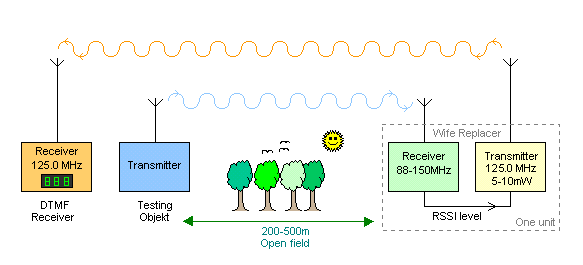
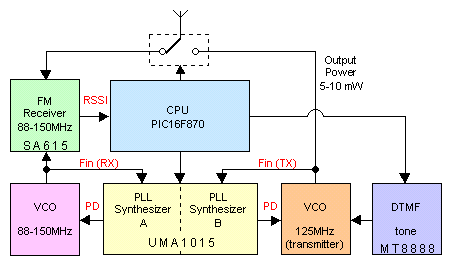
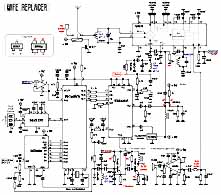 Let's focus at the receiver part first. The receiver is build around the SA615 circuit.
Let's focus at the receiver part first. The receiver is build around the SA615 circuit. 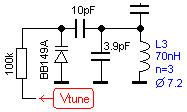 The capacitans of this diod is dependent of the voltage over it.
So, by applying a voltage to the varicap the internal capacitance will change and so will the
resonance frequency. The purpose of the 10pF serie capacitor is to remove the
VtuneDC-voltage.
By changing the Vtune voltage to the varicap the frequency will slide a few MHz.
The capacitans of this diod is dependent of the voltage over it.
So, by applying a voltage to the varicap the internal capacitance will change and so will the
resonance frequency. The purpose of the 10pF serie capacitor is to remove the
VtuneDC-voltage.
By changing the Vtune voltage to the varicap the frequency will slide a few MHz.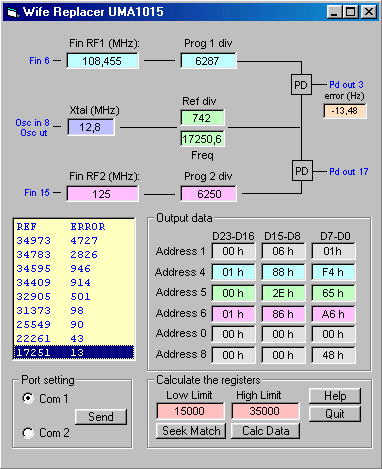 This software will calculate the content of the internal register in the UMA1015.
After the calculation the software will send the info to the Wife Replacer via RS232 line.
This software will calculate the content of the internal register in the UMA1015.
After the calculation the software will send the info to the Wife Replacer via RS232 line.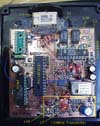 I first built the receiver and tested that the oscillator worked. In the schematic you will find
two input at RB7 (pin 28) and RB6 (pin 27). When RB7 is high the PLL will lock the receiver frequency
and keep it locked for testing purpose.
I first built the receiver and tested that the oscillator worked. In the schematic you will find
two input at RB7 (pin 28) and RB6 (pin 27). When RB7 is high the PLL will lock the receiver frequency
and keep it locked for testing purpose. | vf.zip | Wife Replacer program (the hex file is zipped!). |
| plls.zip | Basic function of PLL (the doc file is zipped!). |